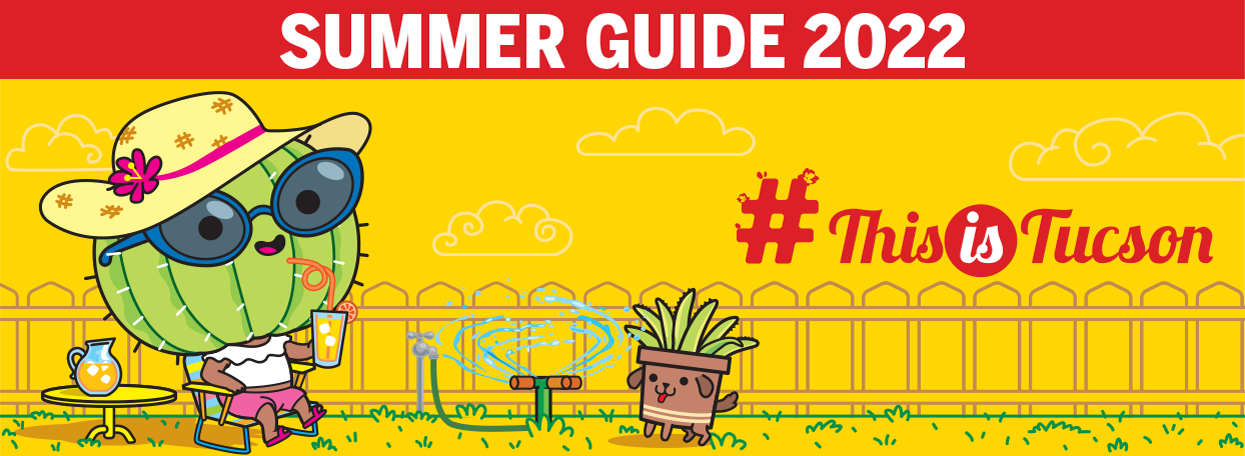You know when it's about to rain in Tucson and you're like, "it smells like rain" like it's your super power?
That's creosote.
It's a plant unique to Tucson and other dry regions like the Mohave Desert and the Chihuahuan Desert. The plant releases that familiar musky, earthy smell from a coating on its leaves that helps it conserve water.
Tucsonans love it. It's nostalgic because it smells like monsoon season. Ironically, the Spanish name for creosote is hediondilla, which loosely translates to little stinker.
Also known as: Chaparral, Greasewood, Larrea Tridentata.
Other facts
• The creosote bush can go two years without water and can live up to 200 years.
• Desert animals and insects love it. Jackrabbits occasionally eat creosote leaves and dozens of insects call the bush home.
• It has many medicinal qualities. Some Indigenous people used it to treat colds, wounds and skin infections.
Pro tip: Whenever you see a creosote bush, cup some of its branches to your nose, take a deep breath in and be reminded of the rain. You'll most definitely run into a bush on your walk up Tumamoc.
SOURCES: The Backyard Gardener, 2005; The lowly creosote a fragrant desert survivor by George L. Mountainlion, 2005; desertmuseum.org; printable Desert Dweller Cards from nps.gov.





